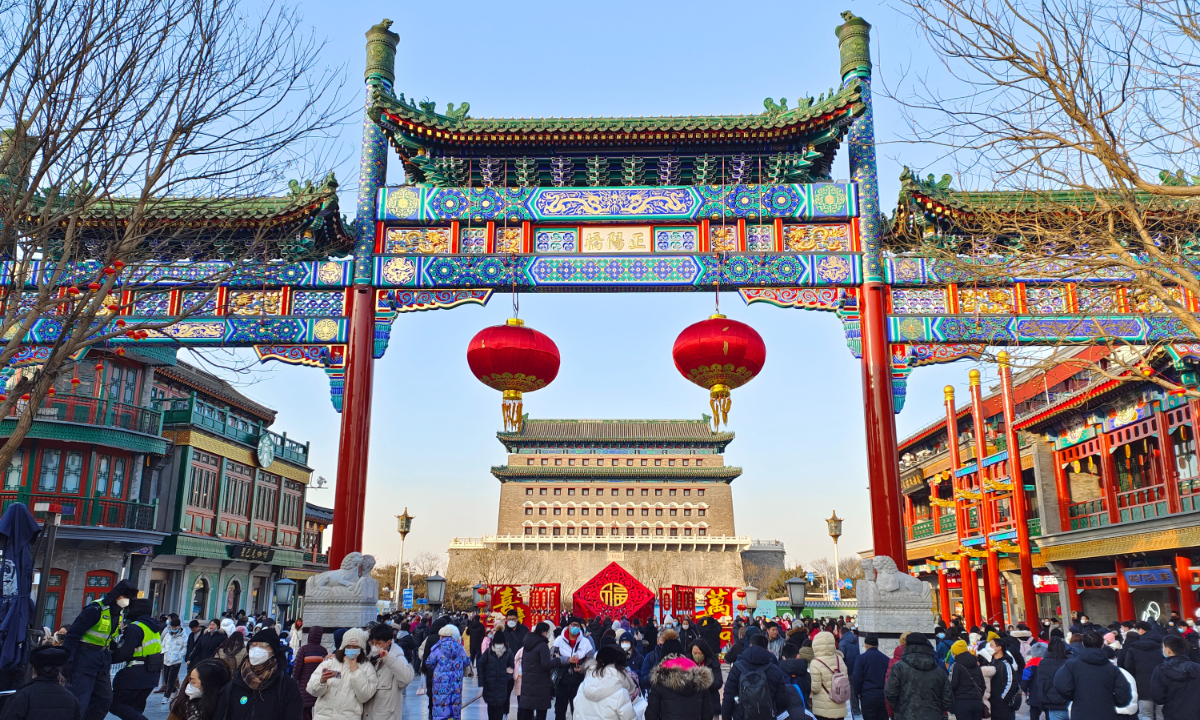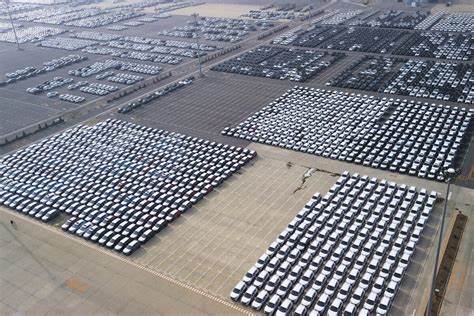China’s economy is showing signs of slowing, raising concerns about the ability to meet its 2024 growth target of approximately 5%. The third quarter saw quarterly growth of just 0.9%, slightly improving from 0.7% in the previous quarter but highlighting deeper challenges. The National Bureau of Statistics stated that the economy remains stable despite global uncertainties and domestic pressures, though consumer confidence and the real estate sector remain weak.
Over the first three quarters of 2024, China’s annual growth averaged 4.8%. Factory output rose by 5.8%, while retail sales expanded 3.3% year-over-year. However, property investments fell by 10.1%, and new home sales plummeted by 22.7%, underscoring persistent issues in the housing sector. Policymakers have responded with measures like reducing mortgage rates and easing bank reserve requirements, but these actions have yet to trigger a strong recovery.
Exports, another crucial part of China’s economy, also slowed sharply. In September, exports increased only 2.4% in dollar terms compared to 8.7% in August. Imports remained sluggish, growing by just 0.3%—well below expectations. The weak trade performance has further dampened economic sentiment.
Despite these challenges, Beijing has refrained from introducing large-scale stimulus packages, focusing instead on incremental changes. However, economists argue that without stronger policy intervention, achieving sustained recovery may prove difficult. The slowdown highlights both structural issues and the lingering impact of COVID-19 on consumer spending, complicating China’s path toward economic stability.


